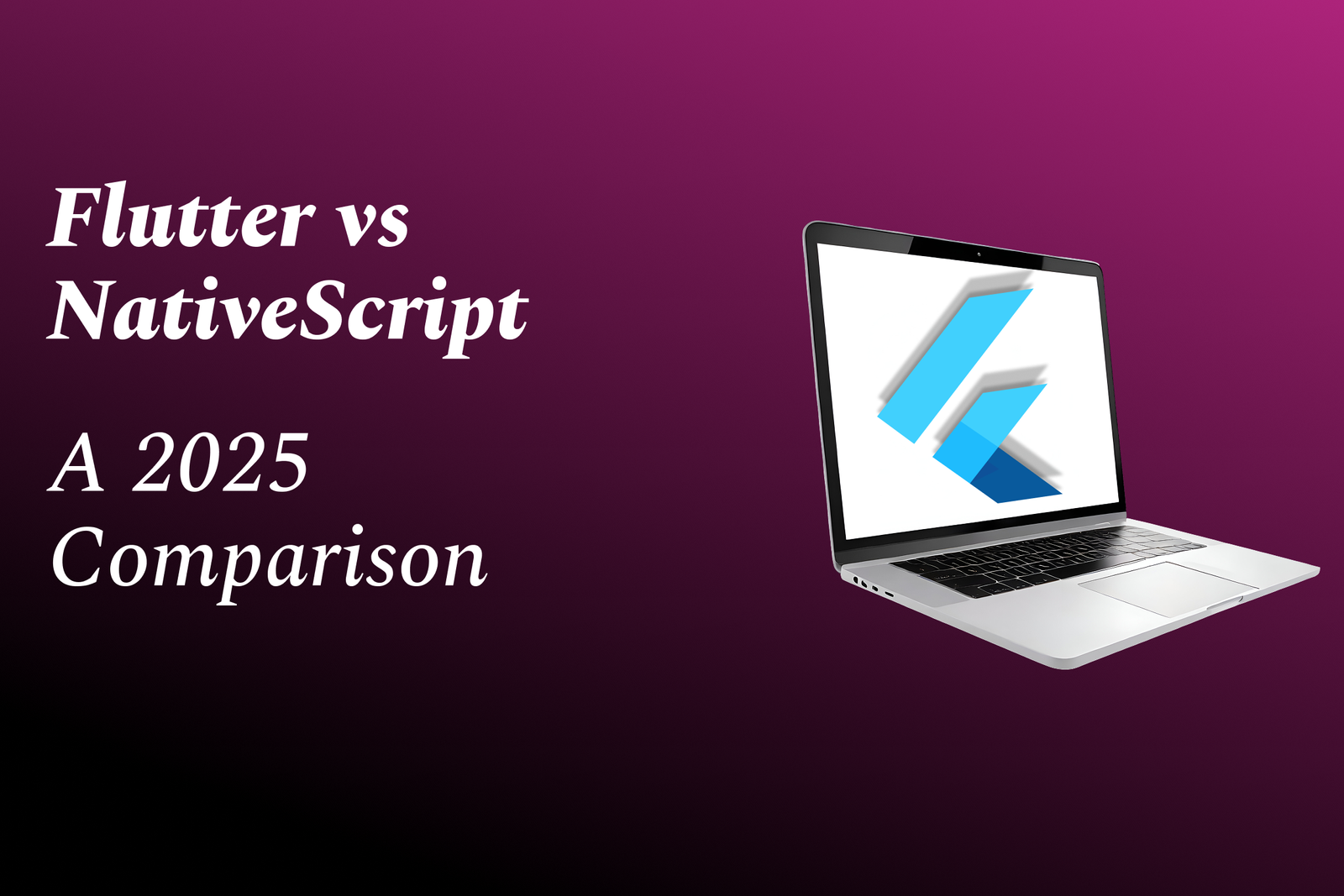Tree Structures In Java
Understanding Tree Structures in Java: A Comprehensive Guide
Tree Structures In Java
Tree structures in Java are a hierarchical data representation consisting of nodes connected by edges, where each node contains a value and references to its children. The topmost node is called the root, while nodes without children are called leaves. Java's `Tree` data structure can be implemented using various classes, notably through the Java Collections Framework, which includes `TreeSet` and `TreeMap`. These data structures maintain sorted order, allowing for efficient searching, insertion, and deletion operations. Additionally, tree structures can be customized for specific applications, such as binary trees, AVL trees, and heaps, enabling various algorithms like traversal (in-order, pre-order, post-order) and manipulation of data in a structured manner.
To Download Our Brochure: https://www.justacademy.co/download-brochure-for-free
Message us for more information: +91 9987184296
1 - Definition of Tree Structure: A tree is a hierarchical data structure that consists of nodes connected by edges. It starts with a root node and branches out to other nodes.
2) Components of a Tree:
Node: The fundamental part of a tree, which contains data and links to other nodes.
Root: The topmost node of the tree.
Leaf Node: A node without children.
Subtree: A tree formed from any node and its descendants.
3) Types of Trees:
Binary Tree: Each node has at most two children.
Binary Search Tree (BST): A binary tree where left child < parent < right child.
Balanced Tree: A tree where the height of the left and right subtrees differs by no more than one, leading to efficient operations.
4) Tree Traversal Methods:
In order Traversal: Visit left subtree, root, then right subtree.
Pre order Traversal: Visit root, left subtree, then right subtree.
Post order Traversal: Visit left subtree, right subtree, then root.
5) Java Tree Implementation: Trees can be implemented using Java `class` and `Node` types which hold the value and pointers to children.
6) Generic Tree: A tree where nodes can have an arbitrary number of children, allowing for more flexibility in structure.
7) Binary Tree Operations: Discuss basic operations like insertion, deletion, and search in a binary tree.
8) Height and Depth of a Tree:
Height: The length of the longest path from the root to a leaf.
Depth: The length of the path from the root to a specific node.
9) Balanced vs. Unbalanced Trees: Explore how balanced trees lead to more efficient operations compared to unbalanced trees where operations might degrade to linear time complexity.
10) Application of Trees: Explain real world applications such as file systems, databases, and organizational structures.
11) AVL Trees and Red Black Trees: Introduce self balancing binary search trees and algorithms for maintaining balance during insertions and deletions.
12) Tree Structure Libraries: Familiarize students with Java libraries such as `TreeMap`, and `TreeSet`, which implement tree data structures and provide sorted data handling.
13) Heap Trees: Discuss binary heaps as a complete binary tree useful for priority queues, explaining both min heaps and max heaps.
14) Decision Trees: Introduce decision trees used in machine learning for classification and regression tasks, including nodes, branches, and leaves conceptually representing decisions and outcomes.
15) Visual Representation of Trees: Teach how to visually represent tree structures using tools or libraries, helping students better understand tree hierarchy and relationships.
16) Complexity Analysis: Discuss time and space complexity of various tree operations, helping students understand performance implications in real world scenarios.
17) Common Algorithms: Introduce algorithms like tree serialization/deserialization, lowest common ancestor, and finding diameter of the tree.
This structured list guides the training program for students to provide a comprehensive understanding of tree structures in Java, covering theoretical aspects to practical implementations.
Browse our course links : https://www.justacademy.co/all-courses
To Join our FREE DEMO Session: Click Here
Contact Us for more info:
What is PHP used for in web development
learn advanced java programming
Java Course Fees and Duration
Flutter Training in Sasaram
Flutter Training in Murtijapur











